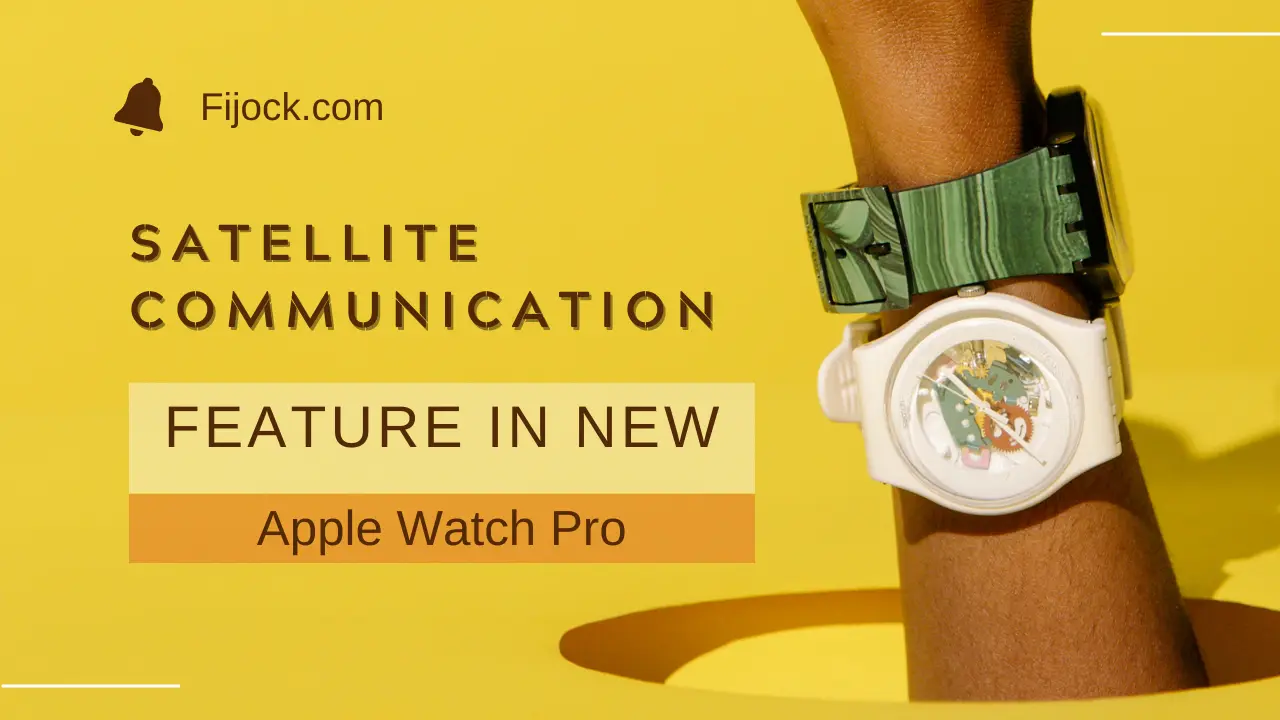If you’re the type of person who interprets Apple Event taglines, then the “Far Out” event next week certainly includes some space elements. It has prompted Apple watchers to resurrect theories that Apple is having to work on satellite functions in case of emergency communications — for both the iPhone and probably the speculated Apple Watch Pro. Because the Apple Watch Pro is intended to compete with Garmin, satellite functions could make it a formidable opponent in the multisport GPS watch space.
Apple has a lot of work to carry out in order to effectively succeed in this space. The first two items to be improved on the list are extended battery life and increased durability. In these two aspects, the rivals to Apple — Garmin, Polar, and Coros — are miles ahead of the Apple Watch. But when it comes to emergency calling functions and fall detection, Apple already holds a significant advantage.

Dependable emergency communication is critical for daring adventurers and could save their lives. Although GPS and LTE connectivity has evolved over time, there are still numerous remote areas where you can’t get a signal. Even professional hikers, backpackers, and distance runners could be lost or trapped if they get seriously hurt in a cellular dead zone. As a result, many people carry satellite devices or Garmin’s inReach devices with life-saving location-sharing capabilities. However, these satellite gadgets can be quite uncomfortably heavy and an athlete most probably would like to be light and nimble.
The challenge right now is that Apple’s emergency contact functionalities depend on LTE connectivity. which makes them dependable and well-performing for everyday life situations rather than for outdoor adventures. In a similar way, many of Garmin’s smartwatches have fall detection and emergency contact functions, however, they also need a signal from your mobile or need to be paired with an inReach gadget.
Satellite functionalities are presently available on some high-end multisport watches. The challenge is that they are more concerned with increasing location accuracy than with emergency communication features. Garmin Fenix 7 and Coros Vertix 2 use dual-frequency satellites and multi-band GPS. GPS had two frequencies initially: L1 for civilian use purpose and L2 for military use. However, there is a relatively new frequency in the market known as L5. Although it is not complete yet, smartwatches that provide dual-frequency satellite communication features boast quite a lot about having improved location tracking performance in extreme situations. The only issue here is, that they can transmit the data only if your mobile has a signal as well.

A brand new smartwatch that can be linked via both LTE and as well as a satellite for emergency communication and geolocation tracking? It’s straightforward to comprehend why outdoor adventurers would find that enticing.
Sadly, it does not look possible for the first generation Apple Watch Pro to include satellite functionality. Bloomberg’s Mark Gurman discussed in the latest issue of his Power On newsletter that even though Apple had internally addressed adding satellite functions to the Apple Smart Watches, it would “make sense for a future version of the new more rugged Apple Watch Pro” to implement these functionalities.
That’s a little disheartening, but not surprising. Though if Apple is capable of producing such machinery that facilitates satellite connectivity, it must still negotiate with wireless carriers. According to Apple analyst Ming-Chi Kuo, the feature was already completed for the iPhone 13 model, but Apple couldn’t find a way to launch it effectively in the market.
If apple could figure out a way to effectively market the feature and provide smartwatches and smartphones with such reliable functions, it would surely cause a revolution in the tech industry.
If you’re not into outdoor adventure and need a simple cost friendly smartwatch then check out the Cheaper Smartphone alternatives.

